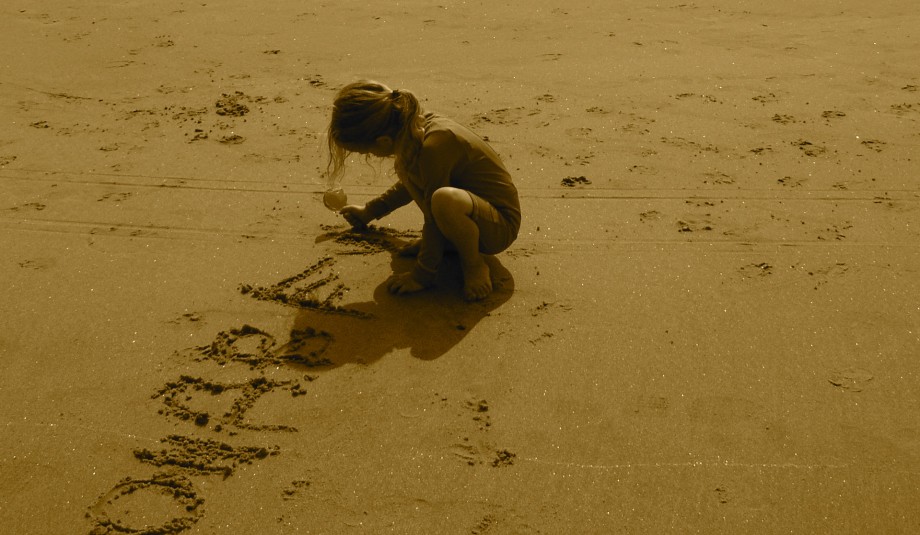
Ancient, and beautiful, ammonites!
Have an interest in prehistoric carnivores? We certainly do! Learning about ammonites is wonderful, and interesting, for kids of all ages, and there is a lot of available information to be found. Captain and I have been talking about ammonites a lot lately, and we have been doing an ammonite art project as well. We will share our ammonite art project on a post very soon, so be sure to keep an eye out for it! Here we go….
Ammonite Fast Facts:
1. Ammonites were predatory, squid-like creatures that lived inside coil-shaped shells.
2. Ammonites had (very sharp!) beak-like jaws inside a ring of tentacles that extended from their shells to snatch prey.
3. They ate small fish and crustaceans. (Crustaceans are animals that usually have a hard covering, or exoskeleton, and two pairs of antennas, or feelers, like crabs, lobsters, and shrimps.)
4. Ammonites constantly built new shell as they grew, but only lived in the outer chamber.
5. Some ammonites could grow as large as 3 feet (1 meter) across! Scientists suspect that creatures such as the giant mosasaur Tylosaurus preyed on them.
6. A group of ammonites was called a “school”, just like fish.
7. Ammonites scooted through the shallow seas by squirting jets of water from their bodies. A thin tube-like structure called a siphuncle (sounds cool!) reached into the ammonites inner chambers to pump and siphon air that helped them move through the water.
8. Female ammonites grew up to 400% larger than males. Could this have been to make room to lay eggs?
9. Ammonites first appeared about 240 million years ago!
10. They went extinct with the dinosaurs 65 million years ago. Scientists use ammonite shells to help date other fossils.

Ammonites are among the most abundant fossils found today and they are amazing! Try drawing a simple coil and turn it into a colorful ammonite. How big would it have been? What did it hunt to eat that day?
Ammonite Fossil Ornaments: You can make a craft dough with your kids (recipe here), roll it out and make ammonites! Cut out a simple shape, like the one above, and have the child etch a deep coil into the dough. Alternately, you can have kids roll out dough “snakes” and coil them tightly and scratch the lines on it with the tines of a fork. Follow the recipe instructions for baking and painting. Perhaps the pre-cooked dough could be pressed into some sand for texture? Or a bit of food coloring could be added to the dough. Or, something we have been meaning to try: adding brown food coloring to the dough, then coiling into an ammonite and pressing the raw dough into dirt or red clay before baking.
Before I say goodbye, I would like to add a homeschooling note. Captain first became interested in ammonites because of her Auntie Sheryl. It was when she was two years old that they first began to talk about them together at family gatherings. Auntie would print information for her, and bring ammonites to show her. She would hold Captain in her lap and let her play with her ammonite jewelry. Because of her Aunt, Captain gained an interest in learning about ancient things that is much deeper than zipping through “subjects’ because she was interested, curious, and wanting more. As homeschooling parents, my husband and I cannot possibly know all of the things we should be teaching our daughter. I was afraid of this very idea about a year ago, when we really had to decide about what we were going to do about school/unschool/ANY school! How could we know what to do? We aren’t scientists, artists, or mathematicians! Family, friends, tutors, and cool people in general, are vital to teaching kids. Exposure to other people’s ideas, art, interests, and skills really do change the lives of kids. Within the circles of our family and friends, we know so many people who have so much to offer. Our job is to be sure that our daughter gets to spend as much time as she can with the people that can light her up with what they know, and sometimes, something very special will happen too. Children benefit from being connected to their place in their family history as well. I don’t think my daughter will ever look at an ammonite and not remember her Aunt Sheryl. Prehistoric carnivores and family love. What more could I ask for?






